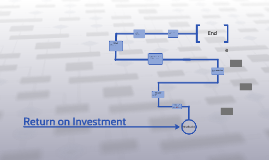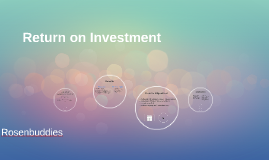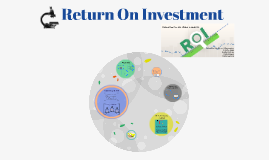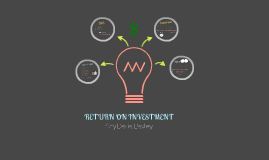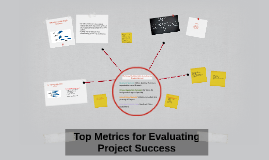Return on Investment
Transcript: Three Most mentioned metrics Alignment to Company Strategy and Goals Cost Savings Revenue Growth Source: Gartner( Feb 2009) 130 Respondents (U.S. 55 | Canada: 10 | U.K: 25 | Germany: 20 | France: 10) Companies with no. of employees ranging from 250 to 10, 000 Belonging to Manufacturing, Consumer Services, Financial, Healthcare, Retail, Energy Developed by a team of Gartner analysts who follow this market Reviewed, tested, and administered by Gartner's primary research management team Top Metrics for Evaluating Project Success Market share Revenue Growth Corporate Innovation Organizational agility Alignment with corporate strategy and goals In this scenario, the cost saving metric was rated important by 8% of the respondents as compared to 52% earlier. Agility and innovation were consistently given least preference. Overview of Participants and Survey Methodology PMO Survey with Single Response Factors affecting Metrics Corporate Focus History Culture Organization Competition Key Findings of the PMO survey Framework of metrics for evaluating Project Success Is Market share and Revenue Growth the same ? Top Metrics Business Success: Value, Quality, Business expectations and Growth Project Execution Success: On Time, On budget with agreed quality Governance Success: Validate selection and priority of Project Customer Satisfaction: Feedback from Customers Return on Investment Cost savings to the company Cost avoidance Risk mitigation or avoidance Compliance or regulatory requirement Competitive differentiation to the enterprise Top Metrics Thank You Ryan Johnson Shraddha Mannur Vikram Bhargava Ankur Sah






